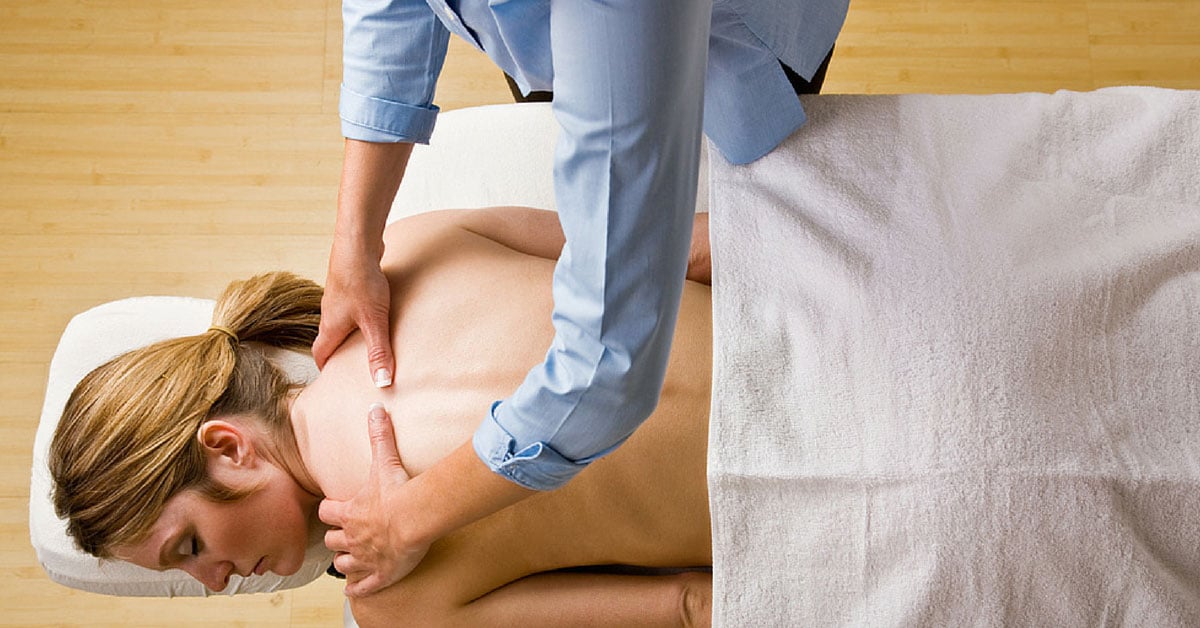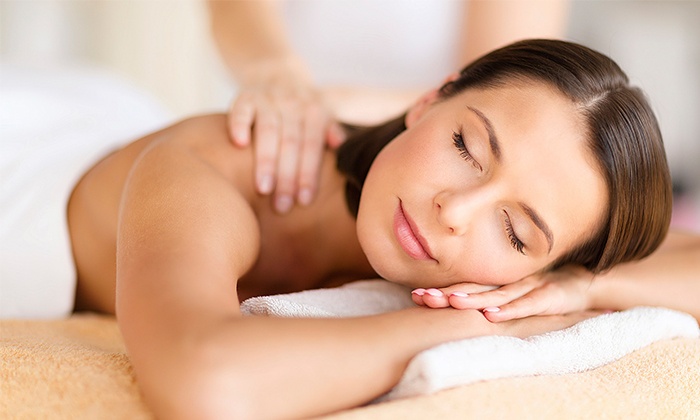
Home massages are a popular way for people to relax and rejuvenate in the comfort of their own homes. However, the preferences for massage techniques and styles can vary significantly across different cultures. Understanding these differences is essential for massage therapists who provide home services and want to cater to a diverse clientele. This article will explore the cultural influences on home massage preferences, popular techniques in different regions, and considerations for adapting international massage techniques for home service.
Cultural Influences on Home Massage Preferences
Culture plays a significant role in shaping an individual’s preferences for massage, including the techniques, pressure, and areas of focus. Here are some of the key cultural influences on home massage preferences:
Traditional Healing Practices
In many cultures, massage 출장마사지 is deeply rooted in traditional healing practices. For example, in China, massage is part of Traditional Chinese Medicine (TCM), which also includes acupuncture and herbal medicine. Similarly, in Thailand, traditional Thai massage is influenced by Ayurveda and yoga. These traditional healing practices influence the preferences for massage techniques and areas of focus.
Social Norms and Values
Social norms and values also play a role in shaping home massage preferences. For example, in some cultures, it may be considered inappropriate to massage certain areas of the body, such as the chest or buttocks. Similarly, the level of undress accepted during a massage can vary from one culture to another. Understanding and respecting these social norms and values is crucial for providing a comfortable and respectful home massage experience.
Lifestyle and Common Health Issues
The lifestyle and common health issues faced by people in a particular region can also influence their home massage preferences. For example, in urban areas where people often have sedentary jobs, there may be a higher demand for massages that focus on relieving back, neck, and shoulder tension. Similarly, in regions where people engage in a lot of physical activity, there may be a higher demand for massages that focus on muscle recovery and injury prevention.
Popular Home Massage Techniques in Different Regions
While there are many different massage techniques practiced around the world, some are more popular for home massages in specific regions:
North America
In North America, Swedish massage and deep tissue massage are among the most popular techniques for home massages. Swedish massage involves long, gliding strokes, kneading, and gentle stretching, making it ideal for relaxation and stress relief. Deep tissue massage, on the other hand, uses slow, deep strokes and firm pressure to target the deeper layers of muscle and connective tissue, making it ideal for relieving chronic muscle tension and pain.
Europe
In Europe, Swedish massage is also very popular, along with other techniques such as hot stone massage and aromatherapy massage. Hot stone massage involves the use of heated stones placed on specific points on the body to relax and warm the muscles, making it easier for the therapist to work deeper into the tissue. Aromatherapy massage combines the use of essential oils with massage techniques to promote relaxation, reduce stress, and improve overall well-being.
Asia
In Asia, traditional massage techniques such as shiatsu in Japan, traditional Thai massage in Thailand, and tuina in China are popular for home massages. Shiatsu involves finger pressure, kneading, and stretching to balance the body’s energy flow and promote relaxation. Traditional Thai massage combines acupressure, stretching, and assisted yoga poses to improve flexibility, relaxation, and energy balance. Tuina involves a combination of massage strokes, acupressure, and stretching to promote the flow of Qi (energy) and blood in the body.
Middle East
In the Middle East, Turkish and Arabic massages are popular for home massages. Turkish massage involves a combination of kneading, tapping, and stretching to relax the muscles and improve circulation. Arabic massage involves a combination of deep tissue massage, hot stone massage, and aromatherapy to promote relaxation, reduce muscle tension, and improve overall well-being.
Adapting International Massage Techniques for Home Service
Adapting international massage techniques for home service involves several considerations to ensure a comfortable and effective massage experience:
Understanding Cultural Preferences
It is essential to understand the cultural preferences of your client, including their preferred massage techniques, pressure, and areas of focus. This may involve asking your client about their preferences before the massage and adjusting your approach accordingly.
Respect Social Norms and Values
It is crucial to respect the social norms and values of your client. This may involve adjusting the level of undress required for the massage, avoiding certain areas of the body, or modifying the massage techniques to suit your client’s comfort level.
Consider Physical Space and Equipment
Providing a home massage service requires consideration of the physical space and equipment available. Ensure that there is enough space to set up a portable massage table and that you have all the necessary equipment and supplies, such as clean linens, massage oil or lotion, and any other tools required for the massage technique you will be providing.
Adapt Techniques as Necessary
While it is important to respect the traditional techniques of international massages, it may be necessary to adapt them for a home service. For example, some techniques may require specialized equipment that is not available in a home setting, or certain stretches or positions may not be suitable for all clients. Be flexible and creative in adapting the techniques to suit the situation while still providing an effective and relaxing massage.
Conclusion
Cultural differences in home massage preferences are influenced by traditional healing practices, social norms and values, and lifestyle and common health issues. Popular home massage techniques vary by region, with Swedish and deep tissue massage being popular in North America and Europe, traditional techniques such as shiatsu, Thai massage, and tuina being popular in Asia, and Turkish and Arabic massages being popular in the Middle East. Adapting international massage techniques for home service involves understanding cultural preferences, respecting social norms and values, considering the physical space and equipment, and adapting techniques as necessary. With the right approach, you can provide a comfortable and effective home massage experience that respects the cultural preferences of your clients.

